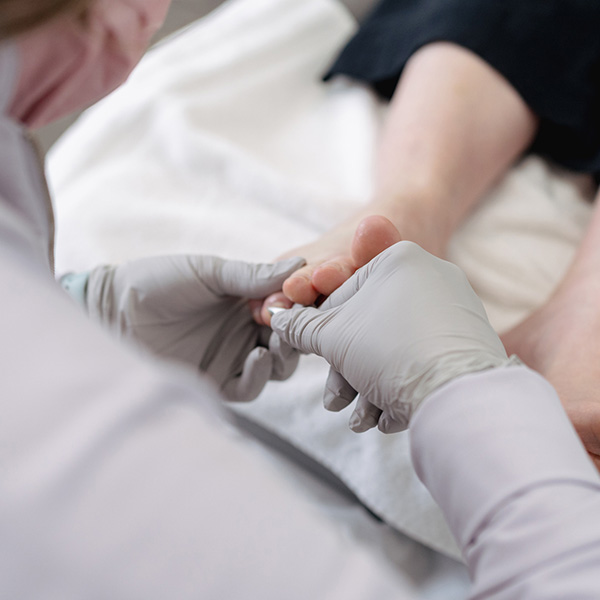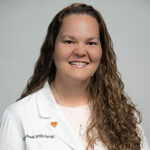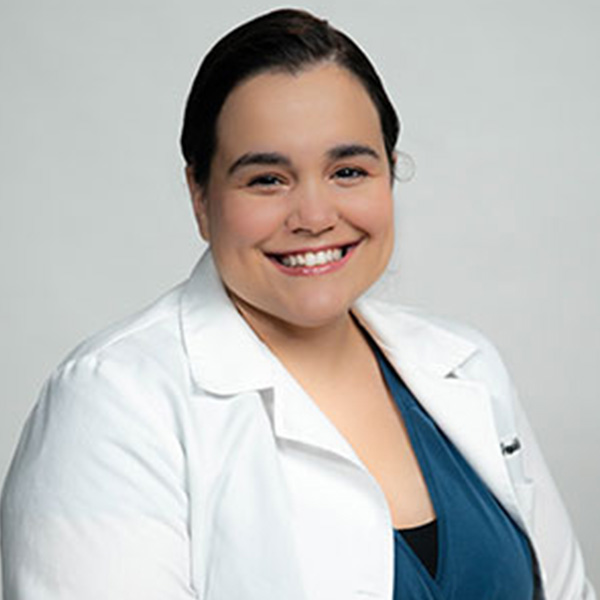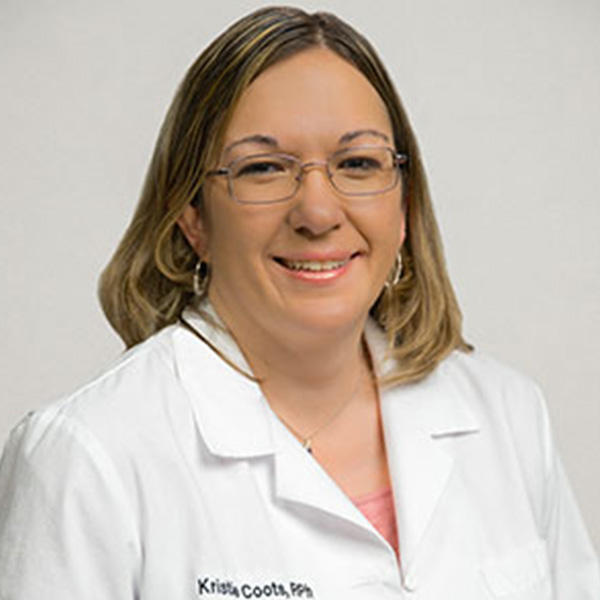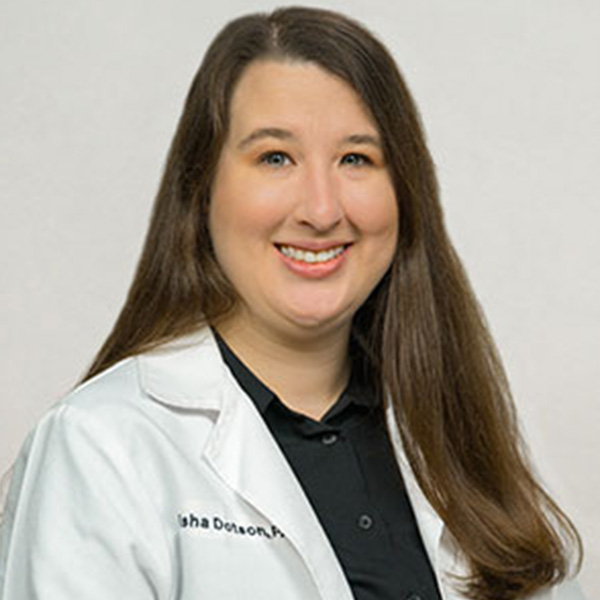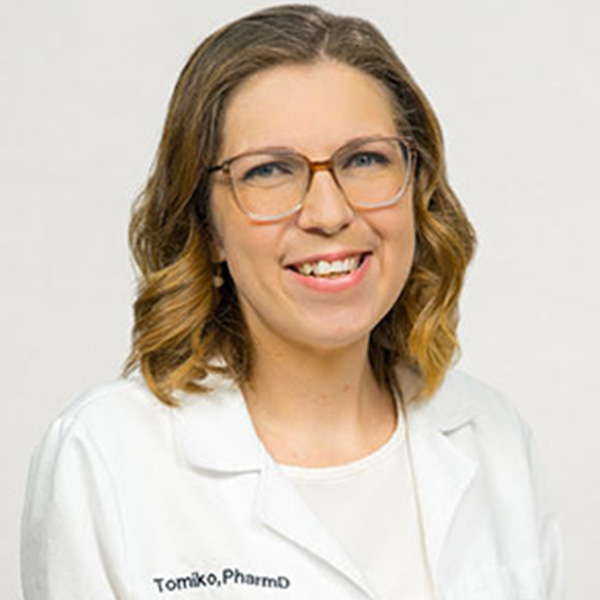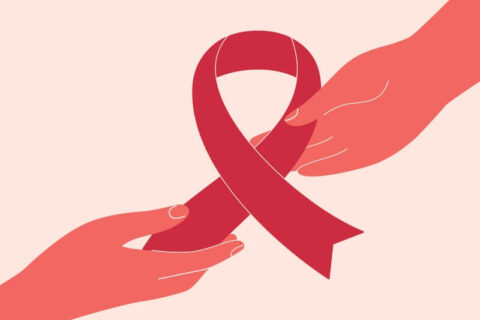Did You Know About STD Awareness Week?
STD Awareness Week will be celebrated from April 9 through April 15 this year. The CDC calls this week an opportunity to do the following:
- Raise awareness about STDs and how they impact our lives
- Reduce STD-related stigma, fear, and discrimination
- Ensure people have the tools and knowledge to prevent, test for, and treat STDs
Back in 2018, the CDC estimated that 1 in 5 people in the United States had a Sexually Transmitted Infection (STI), and that the care that year cost the America health care system nearly $16 billion in health care costs alone.
According to the American Sexual Health Association, there are about 20 million new cases of STDs each year, about half of which are in young people ages 15-24.
While STD Awareness Week and STI Awareness Month happen in April, this is something that should be discussed all year. These tips and tools should be shared with all who are sexual active, and those who may become sexually active.
What Are STDs?
Sexually transmitted diseases (STDs) are very common, and millions of new infections occur every year in the United States.
These infections pass from person to person through vaginal, oral, and anal sex. And while not as common, they can also be spread through intimate physical contact like heavy petting.
It is important to remember that STDs don’t always cause symptoms, or they may only be mild. Regardless of symptoms, if infected, you could be unknowingly spreading it to others. If you receive a positive STD diagnosis, know that all are treatable with medicine and some are curable entirely.
Be Intentional
Before you are in a situation where sexual activities could occur, the CDC recommends you have a game plan. Here are some ways you can be prepared:
- Talking with your partner about sex, sexual health, and how to keep one another healthy
- Using condoms from start to finish when you have sex
- Asking your healthcare provider what options may be right for you, such as specific STI tests and medicine that prevents HIV
Which STD Tests Should I Get?
Honesty is the best policy when speaking with your healthcare provider about your sexual history, and if you are sexually active, getting tested for STDs is one of the most important things you can do to protect your health. The CDC recommends the following STD testing recommendations, but you can always speak to your healthcare provider for a more tailored care plan:
- Everyone from ages 13 to 64 should be tested for HIV at least once
- All sexually active women under the age of 25 should be tested for gonorrhea and chlamydia every year
- Women 25 years and older with risk factors (new or multiple sex partners or a sex partner who has an STD) should be tested for gonorrhea and chlamydia every year
- Everyone who is pregnant should be tested for syphilis, HIV, hepatitis B, and hepatitis C starting early in pregnancy, and those at risk for infection should also be tested for chlamydia and gonorrhea starting in early pregnancy
- All sexually active gay, bisexual, and other men who have sex with men should be tested for syphilis, chlamydia, gonorrhea, and HIV at least once a year
- Those who have multiple or anonymous partners should be tested more frequently
- Those living with HIV should also be tested for hepatitis C at least once a year
- Anyone who engages in sexual behaviors that could place them at risk for infection or shares injection drug equipment should get tested for HIV at least once a year
- People who have had oral or anal sex should talk with their healthcare provider about throat and rectal testing options
How Do STI Tests Work?
Getting tested can be quick and easy – often it’s a blood test, a swab, or a urine test. Here are some common STIs and how they are tested:
- Chlamydia and Gonorrhea
- Test: Swab of genital area or urine sample
- HIV
- Test: Blood test or swab from inside of mouth
- Genital Herpes (no symptoms)
- Test: Blood test or a finger stick
- Genital Herpes (symptoms)
- Test: Swab of affected area
- Syphilis
- Test: Blood test or a sample taken from a sore
- Trichomoniasis
- Test: Swab of infected area, physical exam or a sample of discharge
- HPV (Human papillomavirus) – Low-risk/genital warts
- Test: Visual diagnosis
- HPV (Human papillomavirus) – High-risk/cervical cancer
- Test: Regular screening with Pap and/or HPV tests
How to Know If You Are At Risk for an STI?
- Have you had vaginal (penis in vagina), anal (penis in the anus), or oral sex (mouth on penis, vagina, or anus) without a condom in the past 12 months?
- Have you ever had an STI, including HIV?
- Have any of your partners had an STI?
- Have you or any of your partners ever used illicit substances?
- Have you exchanged sex for needs (money, housing, drugs, etc.) in the past 12 months?
- Is it possible that any of your sex partners in the past 12 months has sex with someone else while they were still in a sexual relationship with you?
If you answered “yes” or “I don’t know” to any of the above questions, you may be at risk for an STI and you may want to speak with a healthcare provider to determine what tests you need (if any).
What Can Brevard Health Alliance Do to Help?
Talk with your healthcare provider or Brevard Health Alliance about any prevention activities and testing options available to you for free or at low cost. As Brevard County’s only Federally Qualified Health Center, we are here to care for you and your whole family regardless of ability to pay for services.









